A schematic representation of the invisible consequences and tips on how to deal with them
Brain injured may have physical problems. Brain injury professionals know that and also family caregivers know it. However, the invisible consequences are sometimes observed much later. Personality changes may occur. Also, problems may come to light at the moment that patients start to participate in society.
Fatique and concentration problems are examples of the complaints that brain injured may have. Every person is different, so there are brain affected who have no problems in this area. Sometimes the consequences come to light months or years after a brain injury. They may also diminish over time or recover. Recovery from brain injury can continue for a long time.
The disadvantage of lists
We want to make a list of cognitive complaints and non-cognitive complaints, but this has one disadvantage: one person with brain injury may have one or two of these complaints, the other person may have several. it varies from person to person, injury to injury! Be aware that you should not foist a problem to a brain injured.
What are the possible invisible consequences?
|
Consequence: Fatigue
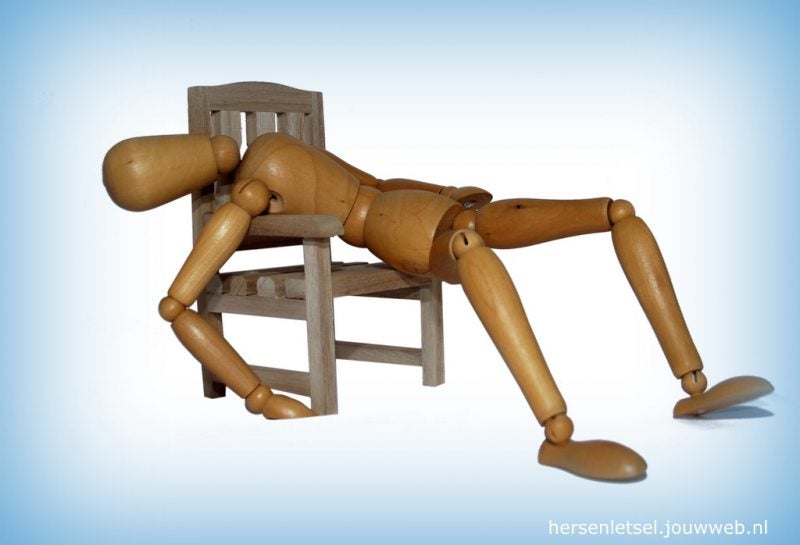
|
|
What are the symptoms?
- Easily fatigued both physically and mentally
- Little endurance
- Tasks that were previously done easily, fail
- The energy for a day has already been used after two hours
- The simplest things and acts cost a lot of energy. Walking, talking, listening, moving, phone: anything that another person does routinely requires energy
- For example, walk and talk at the same time will be difficult and more exhausting
|
|
Tips
- Adjust activities and create realistic expectations together.
- Ensure regular breaks in the course of the day and plan them. Take fixed breaks.
- Alternate effort and relaxation.
- Use a weekly schedule.
- Try not to compare with the situation before the injury. The partner, family or friends should try the same. The injury will not heal. However, you can learn to cope with a situation. That is, you are going to do things differently.
|
|
Consequence: Memory problems

|
|
|
|
|
What are the symptoms?
- Forgets names and appointments
- Has difficulty understanding instructions and remembering them
- Has difficulty remembering and performing an act, especially when a supporting person is not present
- Has trouble take the initiative to act and has trouble to get going
|
|
Tips
- Use a diary or a calendar or an exercise book to makes notes on communication, a weekly planning.
- Do stuff according to routines.
- Keep routines, for the day and for a week.
- Make sure that each care provider knows the routines and uses them.
- Make a checklist and check it regularly.
- Use memory helping hands as memo-writing, diaries, whiteboard or recorder function smartphone with alarm.
- Use an app for your smartphone
|
|
Consequence: Concentration problems
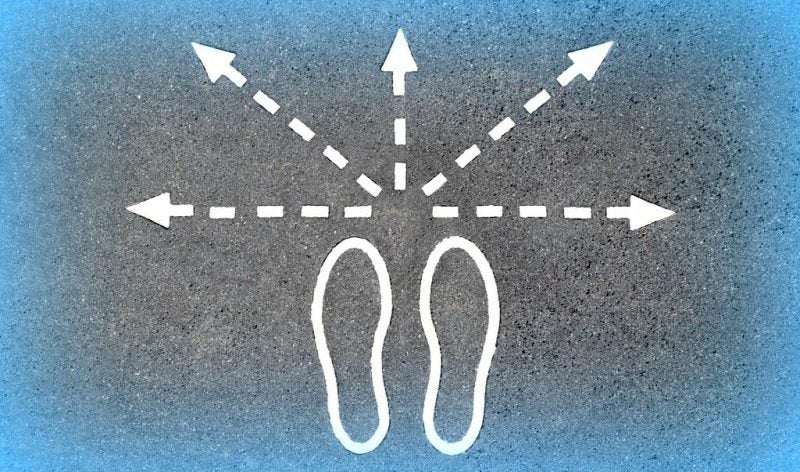
|
|
What are the symptoms?
- Gets confused easily, is restless
- Cannot easily focus on one task, is easily distracted
- What has been read is not remembered
- Leaves a trail of unfinished activities or wishes at any cost that one task is completely finished even if that brings severe tiredness
- Slower speed of thought and information processing
|
|
Tips
- Have regular short breaks
- Ensure tranquility
- Important interviews are preferably conducted one to one (or with two persons) and documented, so that it can be checked afterwards what has been discussed
- Check the daily checklist at fixed intervals.
- Use memory helping hands as memo-writing, diaries, whiteboard or recorder function smartphone with alarm.
- Use an app for your smartphone designed specifically for people with memory problems. For example: Life Changing Mobile App
- Do not use loose papers as reminders
- Avoid rush hour
- Do not do two things at once (for example: make coffee and have a conversation)
- Find a quiet space in your own home and search for "room" in your family
- Ask someone to plan your tasks and make sure you follow this schedule
|
|
Consequence: planning problems
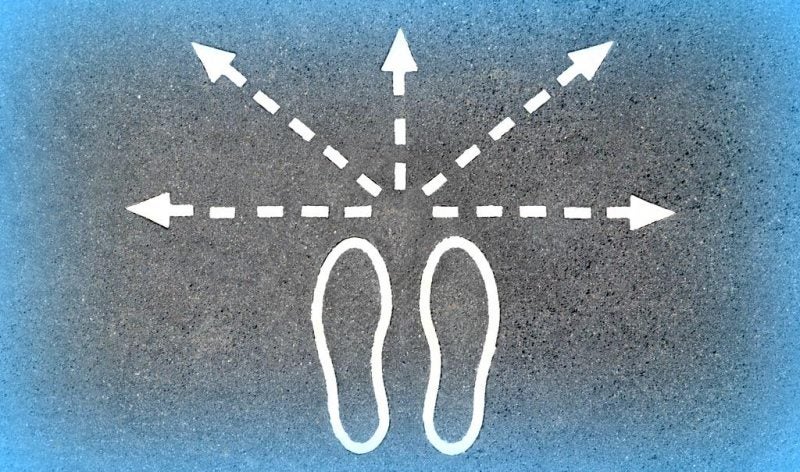
|
|
What are the symptoms?
- Difficulty in obtaining and keeping an overview, structure and sequence
- Cannot see the development, for example the development of a particular act or the day's activities
- Has problems with structuring actions
- Has the intention to perform an action but does not know where to start
|
|
Tips
- Find support in planning and in setting priorities
- Use a calendar or weekly schedule
- Remain alert to fatigue and elapsed time
- Use a fixed daily routine and stick to it, even on days off
- Do one thing at a time, step by step
- Avoid time pressure
|
|
Consequence: problems with everyday tasks (apraxia)
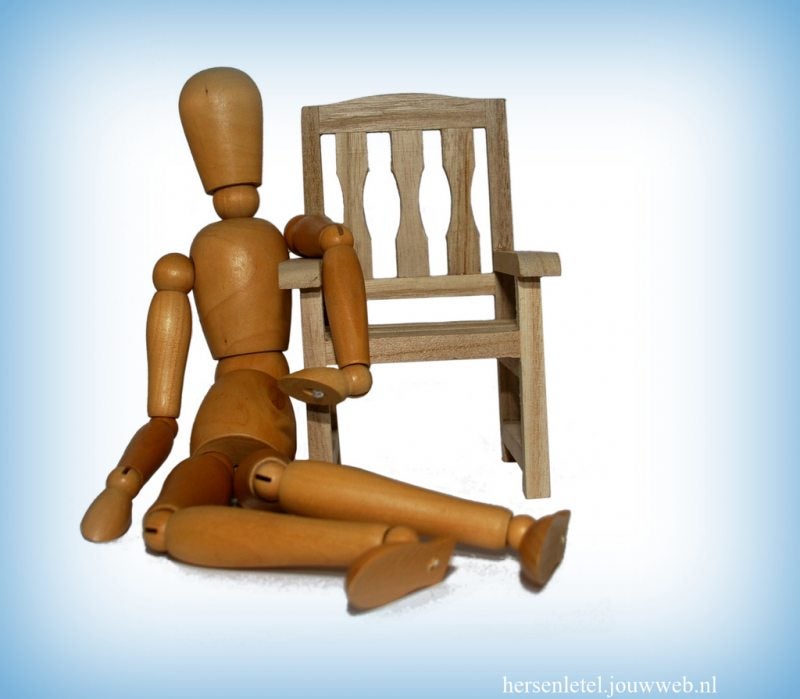
|
|
What are the symptoms?
- Has problems handling utensils and planning activities, for example planning the order of activities.
- Finds it difficult to use objects, for example in preparation of a meal or with the own body care.
- Uses utensils in the wrong way.
- Has difficulty with simple actions or movements.
- Has difficulty getting started, for example getting dressed.
- Has difficulty generalizing (applying the learned in another situation or another environment).
- Tends to press worship (go on and on). Even to the utmost fatigue.
- Has difficulty stopping an act, task or activity and the changing of an action or task to the next.
|
|
Tips
- Provide fixed routines and practice them; continue to apply them.
- Part acts in actions that can be carried out step by step.
- Simplify the environment to increase the chance of errors
- Put things in a fixed order, for example with clothing: underwear on top.
- Speak in short sentences with a single message; one message at a time and with a clear, simple choice of words.
|
|
Consequence: Desturbed sensory perception

|
|
What are the symptoms?
- Problems with the perception and / or recognition of touch, feeling, smell, sight and taste.
- Increased or decreased perception of sound, smell, sight and light, taste, touch.
- Disorder involving the regulation of the temperature
- Agnosia: Not recognizing objects / sounds etc.
- Prosopagnosia: Not recognizing faces
- Cannot feel the difference between hot and cold.
- Has problems with body orientation when vision is affected. E.g. when climbing stairs in the dark, in low light or when feeling is disturbed.
- 13% of people with traumatic brain injury has reduced sense of smell.
- Does not recognize sounds, e.g. the sound of boiling water or of a door bell (Auditory Agnosia).
- Has problems to recognize objects in vision. It is often necessary to touch the object (Visual Agnosia).
- Has lack of association, for example between the sound of the phone the fact that someone is calling (Associative Agnosia).
- Does not recognize faces: face blindness (Prosopagnosia). There is nothing wrong with the eyes! Watch a video
- Hypersensitive to sound, light and image.
- This can lead to annoyed behavior or anger and severe fatigue.
|
|
Tips
- Avoid dangerous situations
- Avoid situations in which the hypersensitivity occurs: noise, light or images
- Find good tools or action- patterns.
- Advise the person to use other senses that function well. E.g. feel the water with the proper functioning hand.
- In case of agnosia: have the person feel, smell, touch.
- For temperature control disorder there are good cooling materials available. Cooling Vests, cool hats, cool wristbands, surgical collars, for example HyperKewl.
|
|
Consequence: Problems with orientation
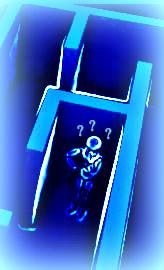
|
|
What are the symptoms?
- Has problems with orientation in locality, time and space.
- Has difficulty estimating distance and direction of movements. For example, to estimate the traffic and thus the braking distance.
- Has lack of experience from one half of the body and / or the environment on the same side (neglect).
- Has problems to find the way and determine where he is.
- Has problems with sense of time. It can be difficult to determine whether something takes three minutes or half an hour.
- Confuses night and day.
|
|
Tips
- Give clear instructions, avoid words like left and right.
- In case of neglect:
- Create physical contact with the affected body part, make it visible and activated by having the person put both arms on the table. Approach the person from the specific side while talking, to avoid startle response.
Remember that it is not unwillingness.
- If one side of the body is paralyzed and, on top of this, half of the field of vision gets ignored this indicates neglect.
People with this damage cannot perceive or less perceive their affected side. They are not aware of it.
- This combination, even without paralysis, can easily cause accidents. An arm can get stuck 'unnoticed' between the wheelchair wheels. In addition, people 'lose' stuff: for a pair of glasses or a cup of coffee that is in the ignored visual field, it will be difficult or impossible to find.
- Consider where you sit when you want to talk to him / her.
|
|
Consequence: Personality changes
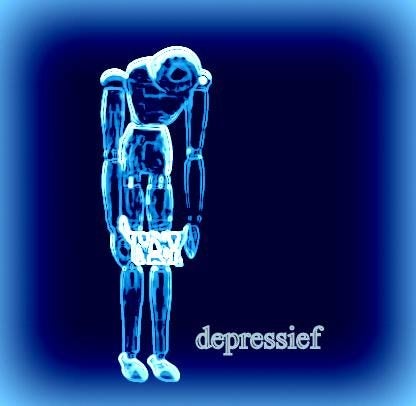 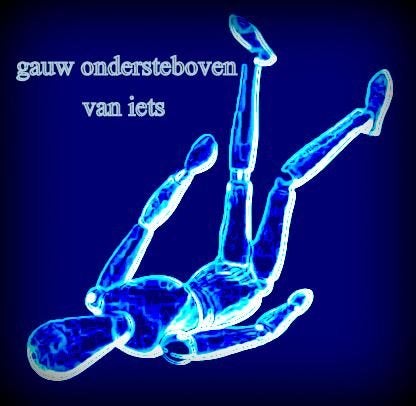
|
|
What are the symptoms?
- Has changed social behavior.
- Does or says things that others consider to be socially unacceptable.
- Has disinhibition, spontaneous laughter
- Is more emotional than before.
- Is irritable, aggressiveness may therefore occur.
- Is apathetic.
- Is depressed, anxious.
- Is overconfident, overestimates himself.
|
|
Tips
- Try to remain neutral, don’t get angry.
- Avoid crowded environments.
- Seek professional help.
- Ask for a referral to a psychologist or psychiatrist.
- Ask a caregiver whether medication may cause improvement.
- Remember that it need not be a matter of 'unwillingness'. It may be caused by the brain injury. Explain this to other members of the family.
For the treatment of agitation and aggression non-pharmacological intervention is an important first step. General measures to prevent or treat aggression in the acute phase of NAH without medication are:
- Stimulus avoidant nursing
- Clear communication
- The presence of acquaintances for the patient
- Reduction of noise and light are general measures that can reduce anxiety
See also this website
|
|
Consequence: Sexual problems
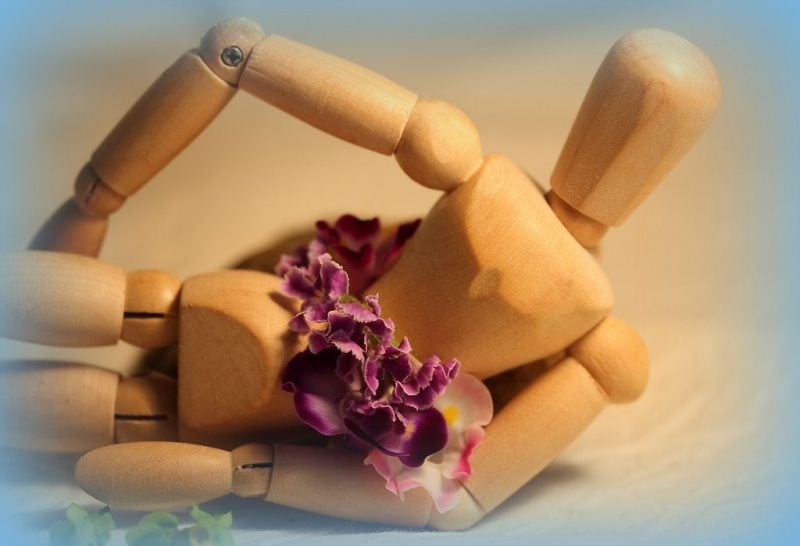
|
|
What are the symptoms?
- Has a lack of sexual feelings or desire for sex.
- Has increased sexual drive or lack of inhibitions.
- Has less empathy while having sex.
- Is impulsive, even while making love.
- Is less patient.
- Is more self-centered.
- Has difficulty dividing attention between the partner and him- / herself.
- Is fatigued more quickly.
|
|
Tips
- Be open and if necessary search help.
- Have an open dialogue in which you convey that certain behavior is not acceptable.
- Be aware that the has to do with brain injury.
- Be creative in finding certain "retarders" in impulses of pawing.
- Search for marital therapy.
|
|
Consequence: Speach and language problems (afasia and speach apraxia)
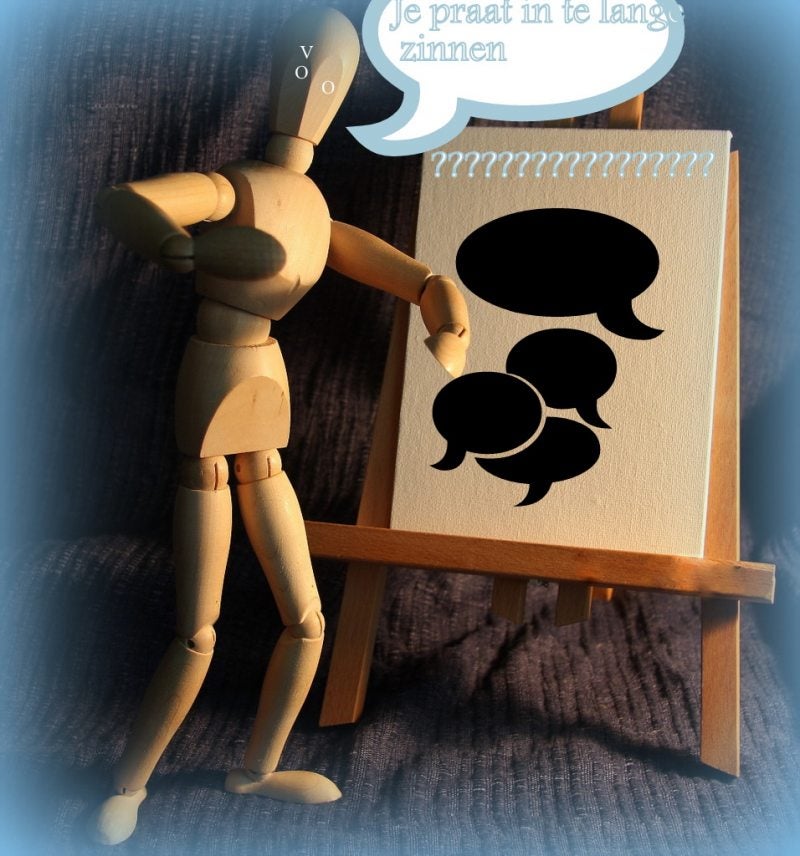
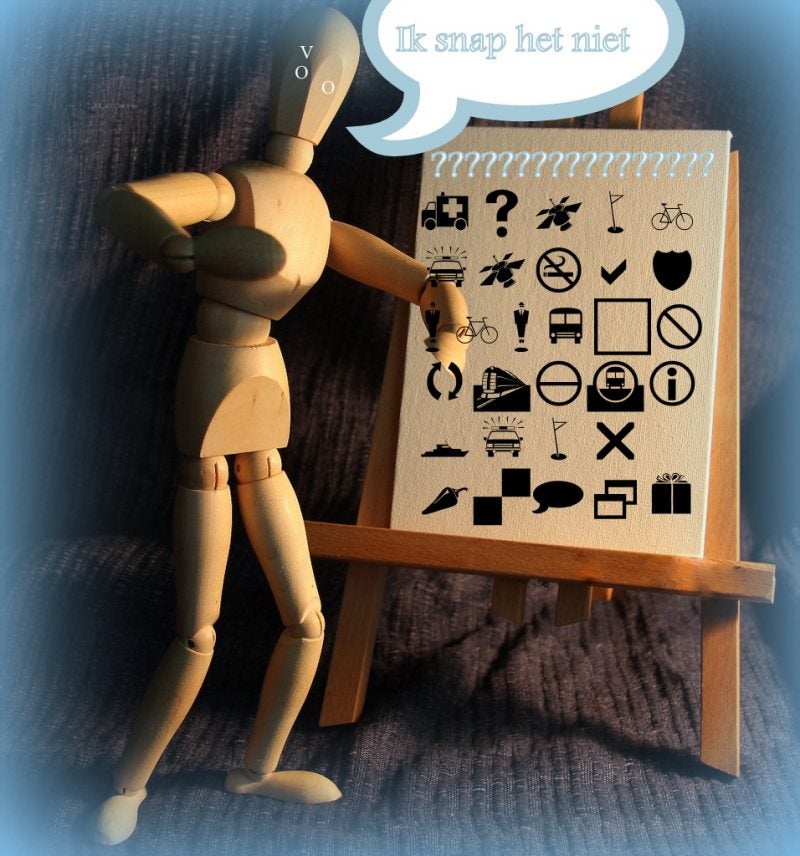
|
|
What are the symptoms?
- Has difficulty to express him- / herself verbally or in writing.
- Has problems thinking of the word he / she wants to express.
- Puts characters in the wrong order in a word or searches for words.
- Has trouble understanding the language.
- Has problems with reading.
- Has problems with writing.
- Has problems with arithmetic.
- Has trouble with lengthy phrases or rapidly spoken sentences.
- Has problems with oral motor so he / she thinks faster than he /she can speak.
- Speaks Intermittent and searching for the articulation.
- Has problems to speak purposefully
- Sometimes sounds are not pronounced properly.
|
|
Tips
- Use short(er) sentences
- Use alternative forms of communication, for example draw something or write it down.
- Give a person the time and give tranquility.
- Ask whether it is OK when you improve or add words. People may be relieved if they are being helped on their way. Another person may feel bypassed.
|











